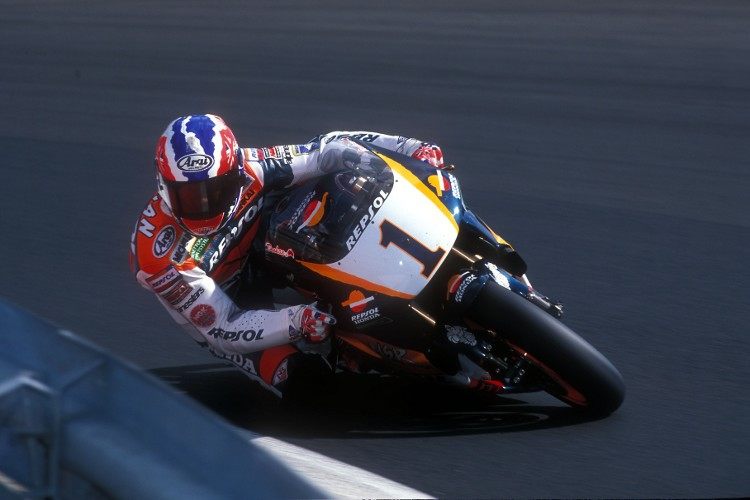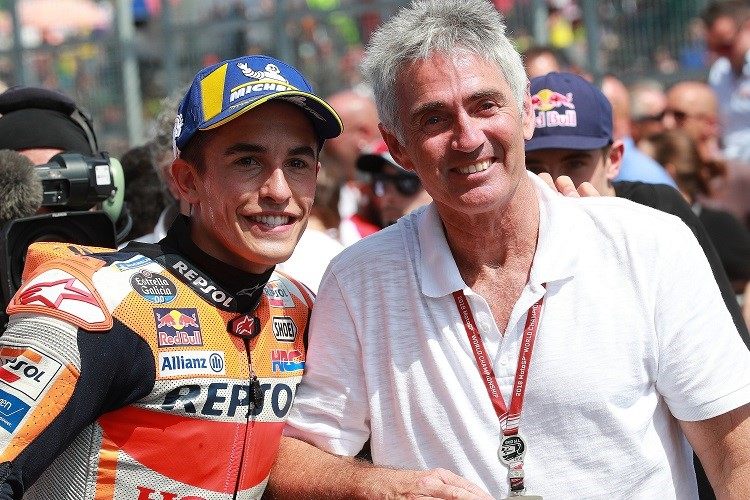Contrasting the champions of today and the glories of the past, to find out who would have taken precedence over the other if they had found themselves in the same space-time, is a subject of conversation that can turn into a wake. . But Honda is not the type to argue until the end of the night. When the firm with the winged coat of arms asks itself a question, it answers with objective data drawn from careful simulations. The proof with this duel between Mark Máask and his elders from the last century…
Many wonder what a couple would have given Márquez-Stoner within the HRC. But Honda went further. The manufacturer pitted its champion against another Australian: Mick doohan. Alex Criville was also called to the stand. And here is the verdict, in numbers.
This result comes from the analysis of performances on the Brno track, over a length of 22 laps. The goal is to compare today's RC213V with yesterday's NSR500. A competition between the best of the late 90s and what is being done today. What would happen if Márquez et Doohan challenged each other on the track with their respective machines? The ending is obvious: Marquez would emerge victorious.
The differences between the motorcycles are not trivial. We compare a 2-stroke 500 motorcycle and a four-stroke by liter of displacement. The power gap is certain: 250 hp for the RC213 compared to the 200 hp of the NSR. And if it is true that Márquez is on the handlebars of a machine that weighs 20 kilos more, it is also true that it is equipped with efficient electronics, which were non-existent at the time of Doohan. This, without mentioning the evolution of tires.
As a result, Márquez would finish the race around two minutes early in all Grands Prix. He would therefore put two laps on the distance of a competition with his elders on all circuits. For example, on the Brno circuit, Criville completed the 22 laps in 45 minutes and 38,88 seconds, setting the best lap in 2'02,791. Marquez, in 2017, won the race in 44 minutes and 15,974 seconds. Which is 1 minute and 22,910 seconds faster.
The fastest lap, however, goes to Dani Pedrosa in 2014 with a time of 1'56.027, or 6,764 seconds ahead of Criville obtained in 1996. Figures which speak for themselves and which underline the great evolution made by the premier category in recent years, as underlined InSella.





